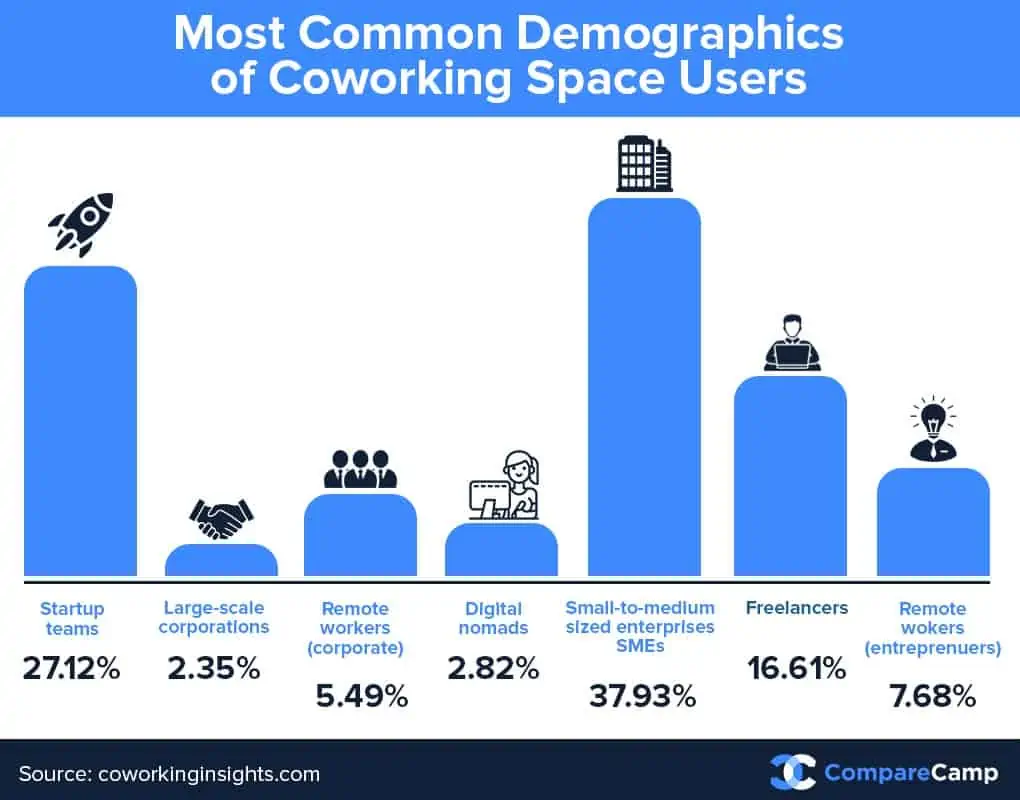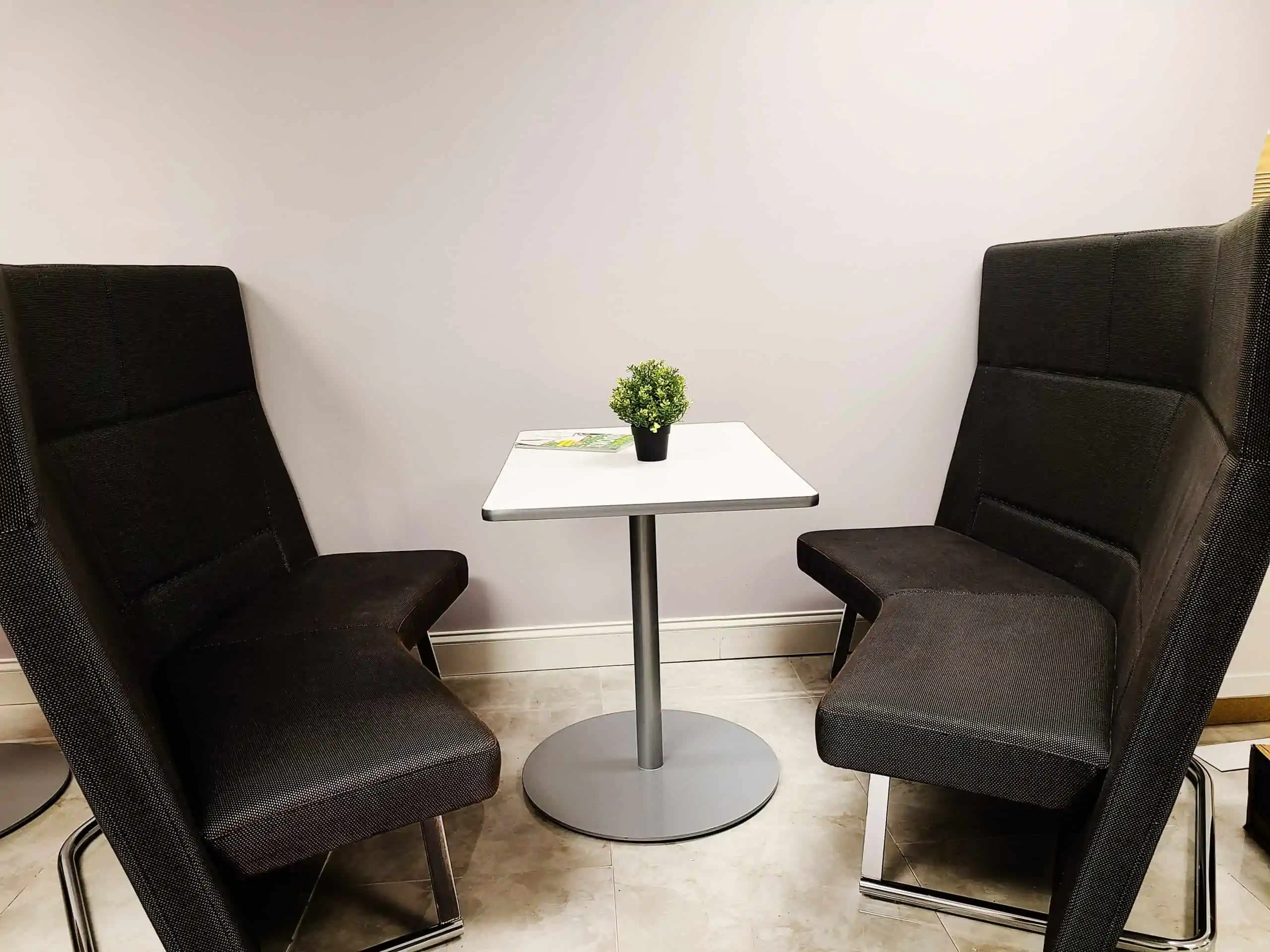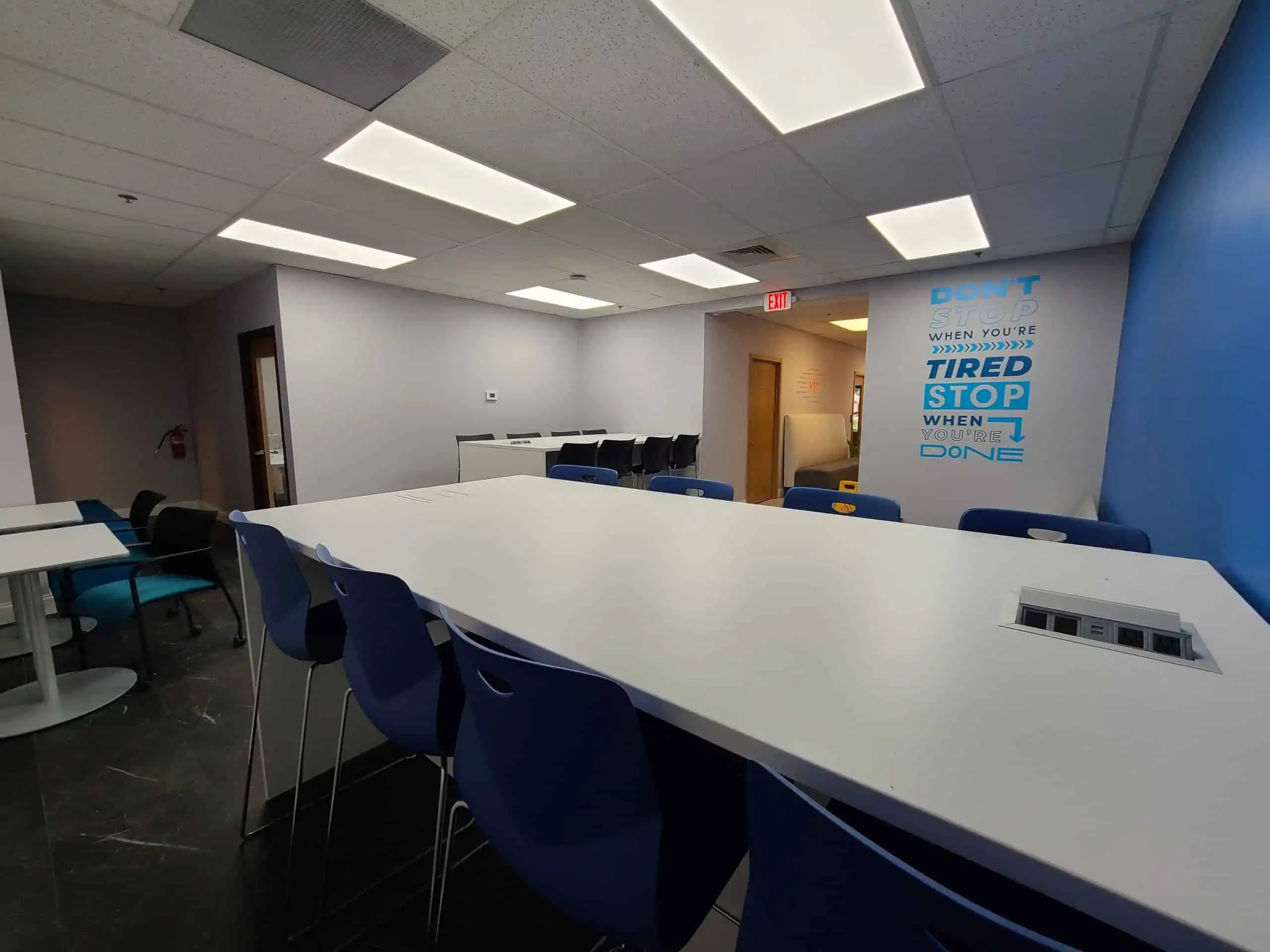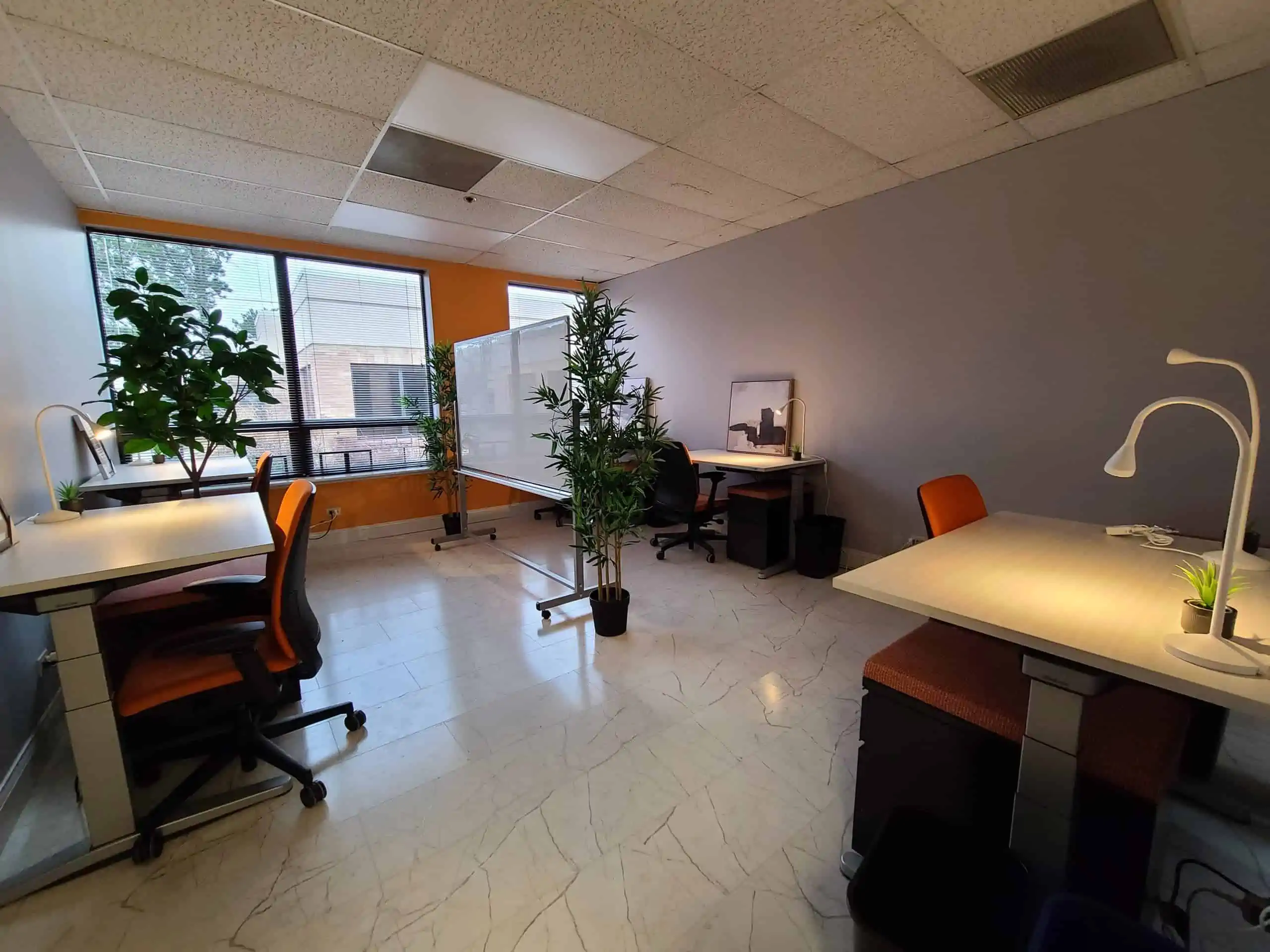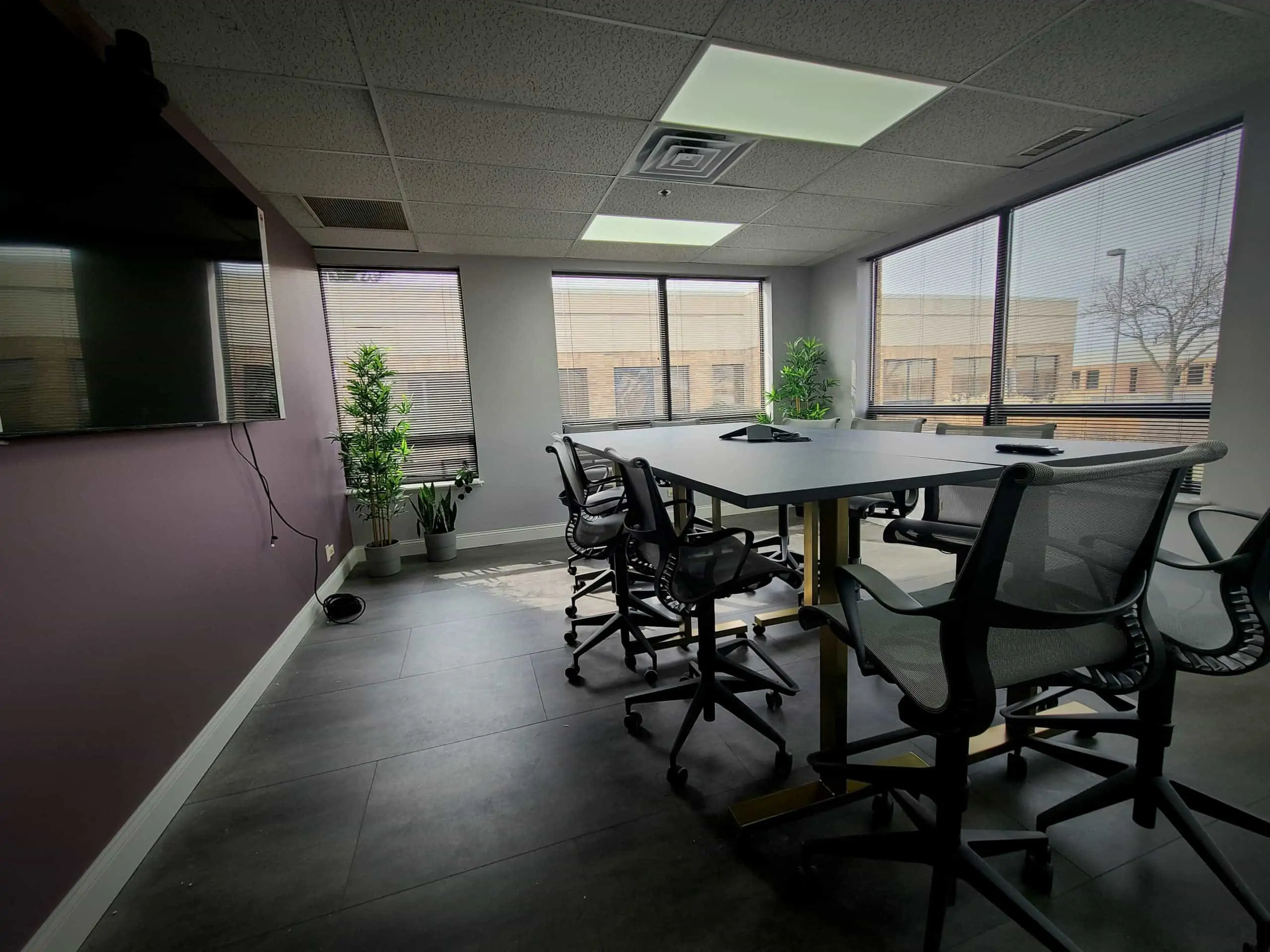What is co-working all about?
Coworking is rising in popularity, especially in California and New York, but what exactly is it? Co-working is the shared use of an office or other working environment by people who are typically self-employed or freelancing (working for different employers on a contract basis). This kind of work structure entails sharing equipment, reception areas and customer waiting areas. It also leads to meeting new people in the community and benefiting from shared ideas and knowledge.
- A majority of Americans cited an enjoyable work atmosphere as the main reason for renting a coworking space. Many coworking spaces have fun themes, bold colors and unique decor to help spruce up the place and lift moods. Others are more professional looking and provide a better environment than a coffee shop or library, while still retaining a sense of community.
- In Asia, there is increasing demand from corporate occupiers who want to provide their employees with a space to work closer to their homes to help them avoid long commutes.
- Personality-wise, 30% of people that frequent coworking spaces identify themselves as extroverts, while 22% identified as introverts. Ambiverts rounded out the rest.
- Over 80% of people using coworking spaces stated that coworking has expanded their professional network, while 64% mentioned that coworking networking was an important source of work and business referrals
- More than half of flexible workspace users still work in the same space they started out in, with many startups growing into their initial space, expanding affordably as needed without the financial burden of long term contracts.
With 30% of business founders being plagued by loneliness, isolation is one of the biggest reasons cited by both men and women who turn to coworking as their means of operating on a daily basis. It’s not easy to avoid distractions at home and it isn’t enticing to go to a cubicle job from 9a-5p daily. Shared spaces may have less privacy, and a more casual, informal atmosphere with more open spaces, but they also promote interaction with others sharing the space, exchange of creative ideas, and free communication. These are things that workers sometimes struggle to achieve in a traditional office setting.
Shared spaces or co-working spaces is the new and efficient trend for businesses; however, no one really steps back to think about the advantages and disadvantages of coworking spaces. Here, businesses can work alongside each other, availing a chance of networking while investing less in separate real estate.
But that’s not it…
Like nearly everything globally, coworking spaces have both advantages and disadvantages. Such as, having to share a conference room, equipment, or even cafeteria may be cost-effective, but it might hinder the privacy of employees.
Therefore, If you’re planning to rent a shared space for yourself and your employees, keep reading to fully understand the advantages and disadvantages of coworking spaces to prepare beforehand.
Advantages And Disadvantages Of Coworking Spaces
1. Cost-Effective
The first on our list of advantages and disadvantages of coworking spaces is cost-efficiency. Undoubtedly the cost of private offices is high. Small businesses and start-ups need to save maximum capital to invest in their product; hence a shared office is ideal for such businesses. Coworking spaces have grown at an
New companies can enjoy an established infrastructure while investing little by having coworking space.
2. Creative Working Environment
We all know that environment highly influences our working capacity and overall creativity. Another perk of having a shared space is a chance to meet and hang around with like-minded people.
Seeing other people dealing with the world uniquely can boost your employee’s confidence to be different and creative with their projects.
3. Availability Of Amenities
Another benefit of having a shared workspace is the amenities that will help you grow your business. Providing your employees with equipment and some luxuries like a coffee lounge, advanced technology, and furniture can develop a sense of professionalism.
4. Less-Privacy
As mentioned earlier, co-working spaces do not only offer benefits but also have their downfalls. The first disadvantage on our list of advantages and disadvantages of coworking spaces is less privacy.
Shared working spaces mean no private offices, shared equipment, and even shared reception or waiting rooms for customers. Sharing infrastructure with other businesses means you’re going to run into people from other businesses, and you’ll be working with other people around you who are doing their own thing. If you don’t enjoy working alone, this may actually be a benefit more than a disadvantage for you! It is why many coworking offices are so successful – groups or individuals gather together to work in the same area to boost productivity, network, and prevent working in isolation.
5. Too Many Distraction s
If you’re the type who needs absolute silence while working to help you focus, coworking in a shared space will not be for you! While you and your employees are stressed about the upcoming big project, there might be the sound of coffee brewing or general hum of many conversations around you, similar to a coffee shop.
Distractions are indirectly proportional to productivity. With many people sharing an office, if you need total silence, then there’s a chance you may be distracted from your work. However, there are co-working facilities that offer quiet rooms, phone booths, and private offices on an as need basis for higher costs.
Conclusion
To sum up, there are both advantages and disadvantages of coworking spaces. While it might not be a great idea for all, many start-ups can find no better solution to save money and enjoy a professionally equipped office with a growth-promoting work environment than a coworking space.


